A once well-respected marque, the fate of Chrysler is increasingly in doubt. Last month, Carlos Tavares, the CEO of Stellantis — the Euro-American automaker formed from the merger of Fiat Chrysler Automobiles and Groupe PSA — warned that some of its 14 brands could be abandoned if they don’t start delivering better sales and earnings. Chrysler is widely believed to be one of the most vulnerable divisions. But that’s really nothing new.
Automobile plants aren’t exactly glamorous. But Chrysler’s Windsor, Ontario plant had its moment in 1980, when legendary crooner Frank Sinatra, along with wife Barbara and Chrysler Chairman Lee Iacocca drove a new 1981 Chrysler Imperial off the line, the first Imperial built since 1974.
Certainly, Chrysler’s image needed burnishing. In an effort to avert filing for bankruptcy, Iacocca had secured $1.5 million in aid from the federal government to keep the company afloat. And there were new cars coming. But first, he needed to build a desirable car, a premium ride that could compete with Cadillac and Lincoln.
CHRYSLER STALLS OUT
The company’s troubles started long before Iacocca’s arrival in 1978. They took root in the 1960s, when Chrysler Corporation began being led by cold-hearted money men who had little-to-no feel for cars, but knew how to work with money. So instead of investing in product development, in 1967, Chrysler CEO Lynn Townsend diversified into other businesses.
Profits withered under his mismanagement, leading to Chrysler’s $259.5 million loss in 1975. Townsend retired, naming his president, John Riccardo, as the company’s new CEO. Townsend’s cost cutting in the wake of company losses led to severe cutbacks in engineering staff in 1974 and 1975, resulting in cars riddled with serious safety defects. Losses continued as Riccardo sought to stem the bleeding, but there were new products being developed that would turn around its corporate fortune.
Ford Motor Company’s Hal Sperlich joined Chrysler in 1977 as vice president of product planning and design. Sperlich’s product savvy was just the skill Chrysler had lacked for a couple decades. “Chrysler was going down the tube,” Sperlich told Automotive News. “We had to come up with something that would reignite sales and turn around the decline in penetration.”
Under Sperlich, Chrysler released the Dodge Omni and Plymouth Horizon subcompacts, and began working on the front-wheel-drive 1981 Chrysler Le Baron, Dodge Aires and Plymouth Reliant. Yet Chrysler lacked something: a true luxury flagship, a model that had been cancelled as the company deteriorated in the 1970s.
TIME AGAIN FOR IMPERIAL
Two years after the first Chrysler appeared in 1924, the Imperial debuted with standard factory coach work or custom bodies by coachbuilders such as Fleetwood, Locke, LeBaron and others. Imperial’s engineering and quality were the equals of more established makes, a position it would gradually lose, becoming little more than a tarted-up New Yorker Brougham. Its sales dried up after the initial OPEC Oil Embargo, and its end came for 1975.
But a new one was being planned under the aegis of Richard Macadam, Chrysler’s design chief in the 1970s. Built on the J-Body chassis that underpinned the Chrysler Cordoba and Dodge Mirada, the rear-wheel drive, two-door coupe was powered by Chrysler’s wheezy 5.2-liter V-8 producing 140 horsepower and 240 pound-feet of torque through a TorqueFlite automatic transmission.
The Imperial’s bustle-back design was similar to that of the second-generation Cadillac Seville that debuted around the same time. Up front, it wore a formal chrome vertical grille and hidden headlamps that Iacocca seemed top favor.
Each Imperial came with a Mark Cross leather-bound folder, umbrela, a gold key fob, and a spare Cartier crystal key. The only option was a $1,044 moonroof, all other equipment came standard. It was priced at $18,311, or $68,565 adjusted for inflation.
More From the Automotive Past Lane
- A Taxi Lane with a Checkered Past
- The End of the Road for a Renowned Luxury Brand
- Porsche Builds its First Sedan: in 1952
Some help from “Ol’ Blue Eyes”
This week in 1980, the first of the new Imperials rolled off the line, with Sinatra at the wheel. Given that Chrysler was coming off a near-death experience, his presence behind the wheel of a revived Chrysler Imperial made headlines. Sinatra would go on to appear in the car’s advertising.
There was only one trim level until Chrysler released a Chrysler Imperial Frank Sinatra Edition. Painted to match the singer’s eyes, it came with a Mark Cross leather interior, special badging, 16 Sinatra cassette tapes and Pentastars made of Cartier crystal. Opting for the Sinatra edition added an extra $1,000 to the MSRP.
But even Ol’ Blue Eyes couldn’t bring in the green for Chrysler. While Iacocca expected to build 25,000 units annually, only 10,981 were built through 1983, of which a mere 278 were Frank Sinatra Editions.

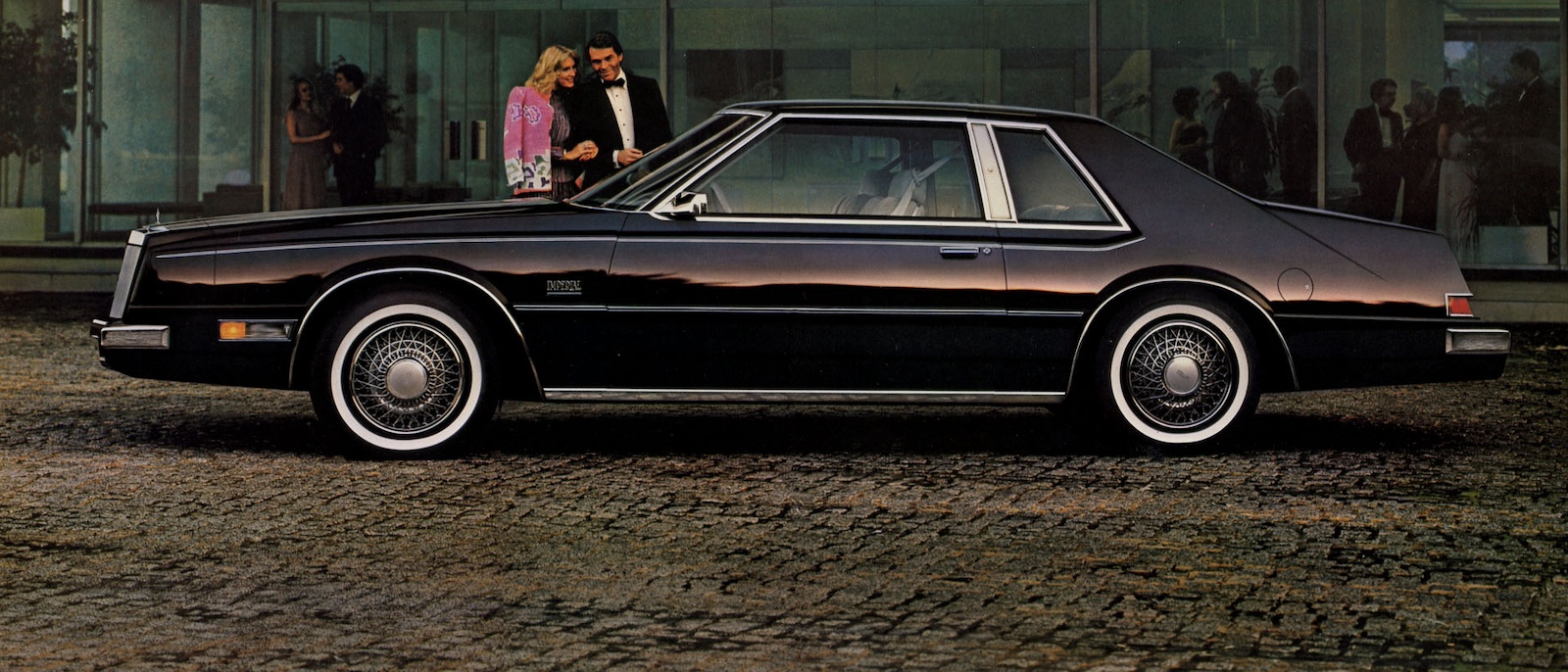

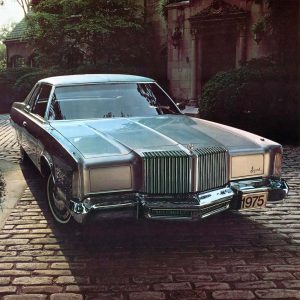
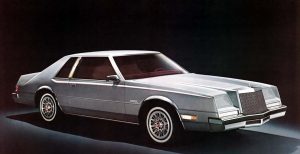
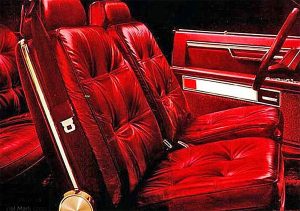
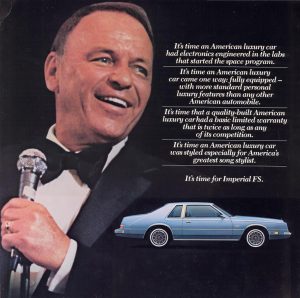


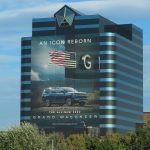
0 Comments